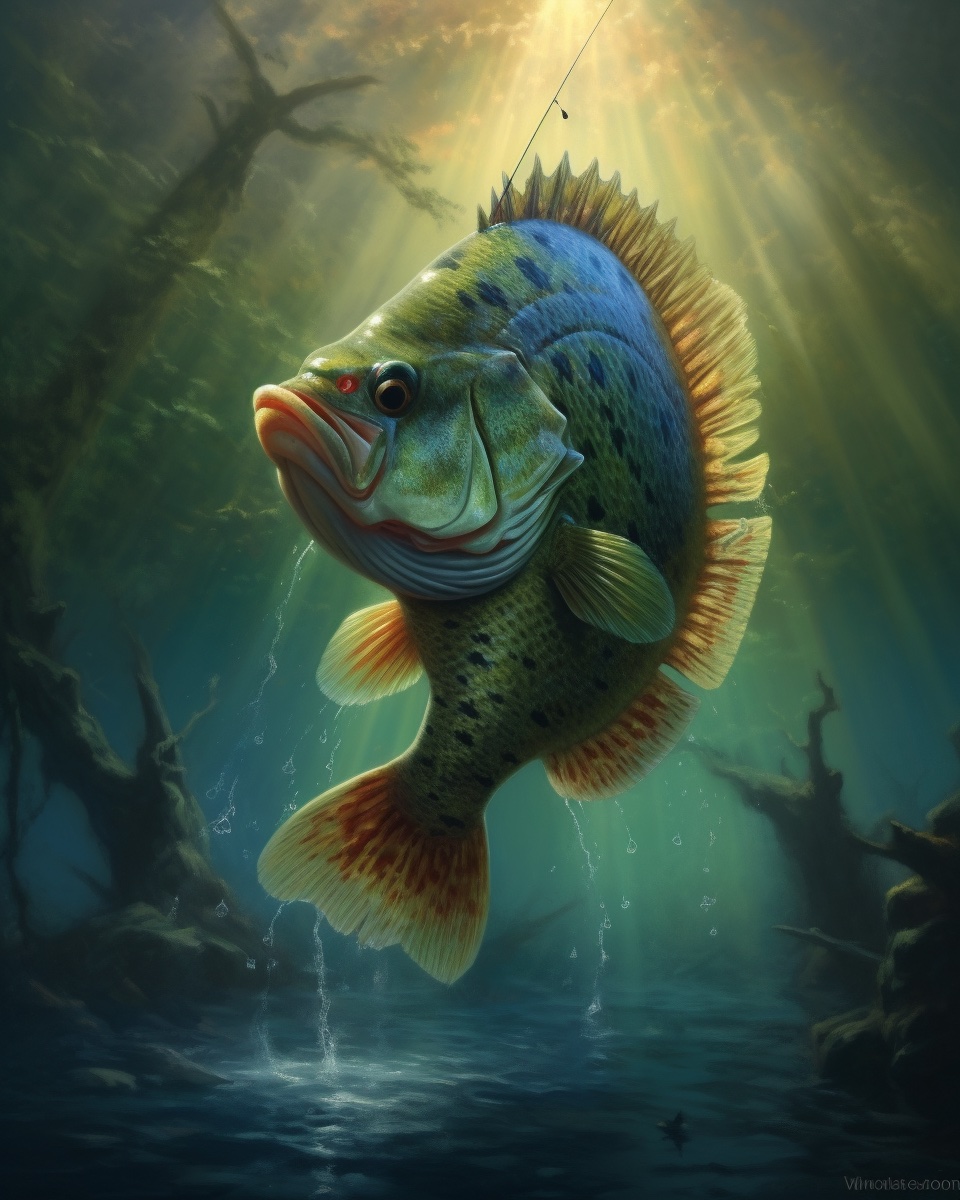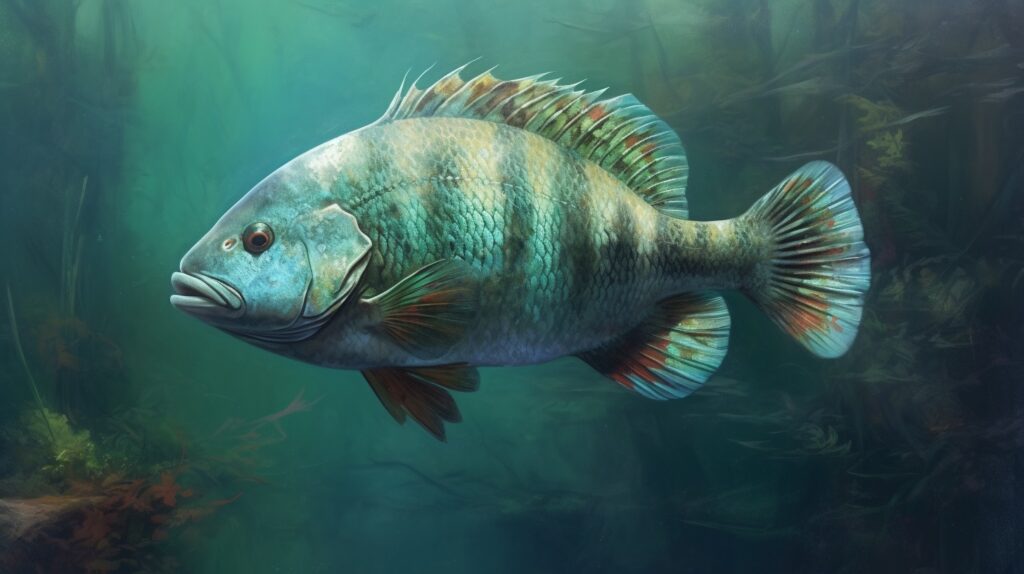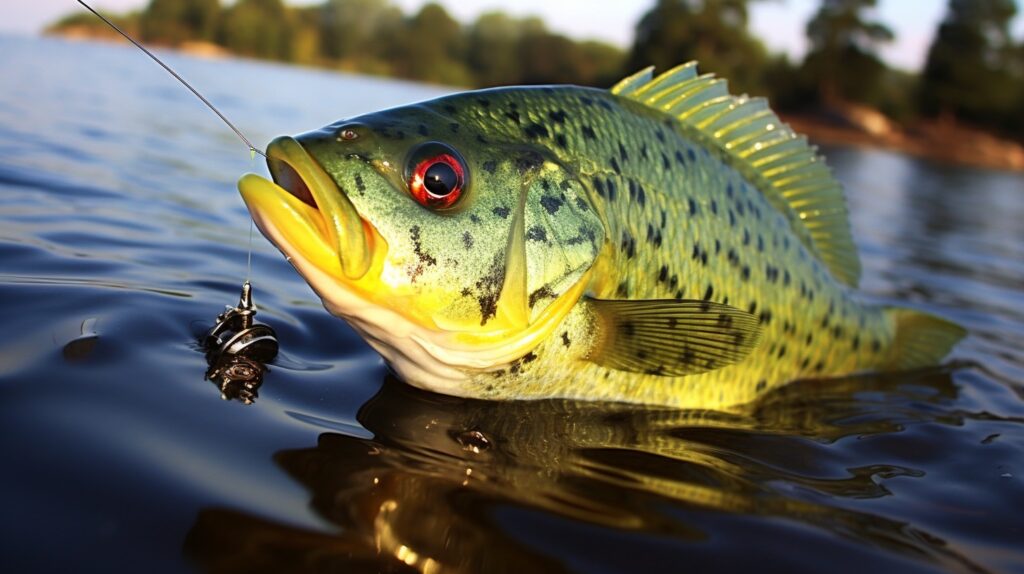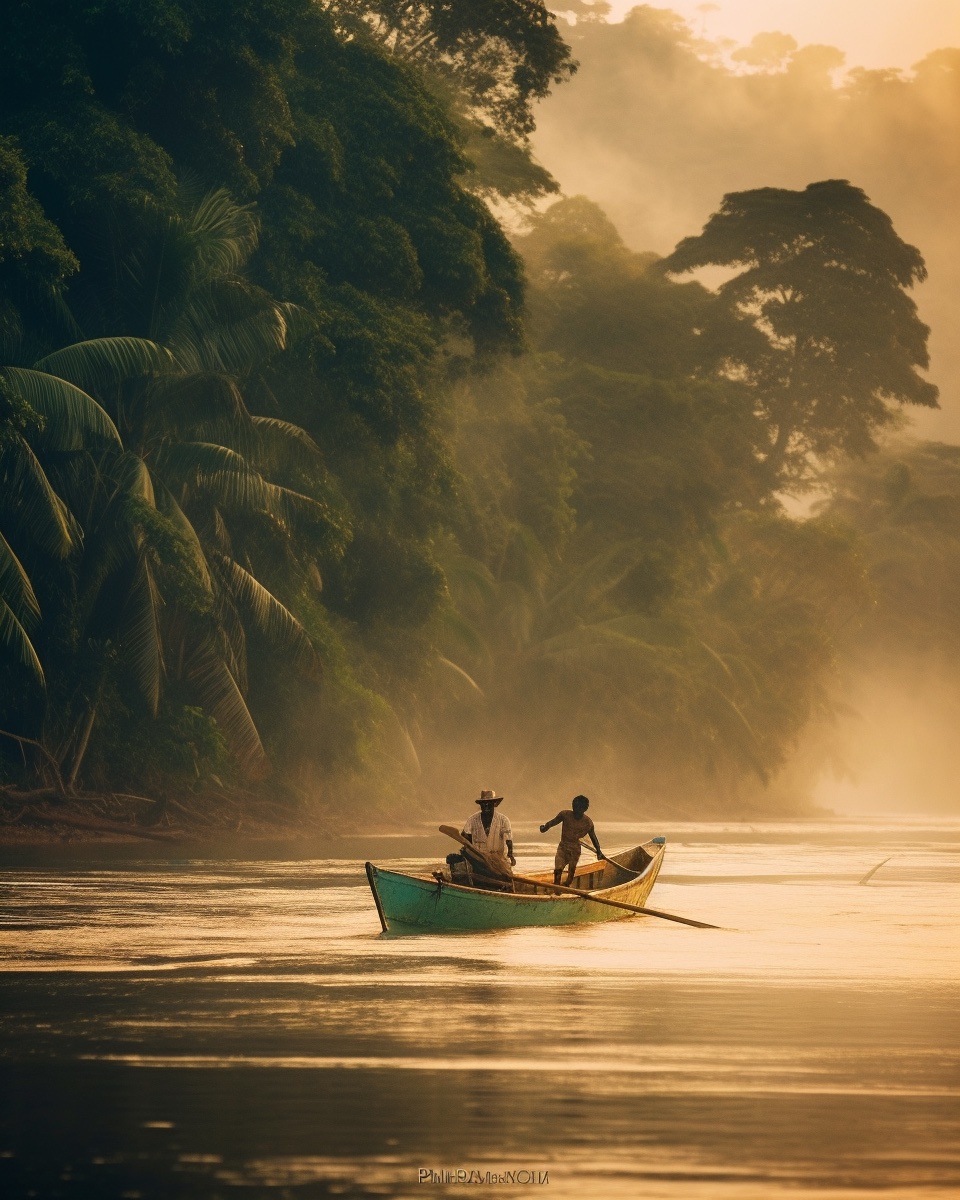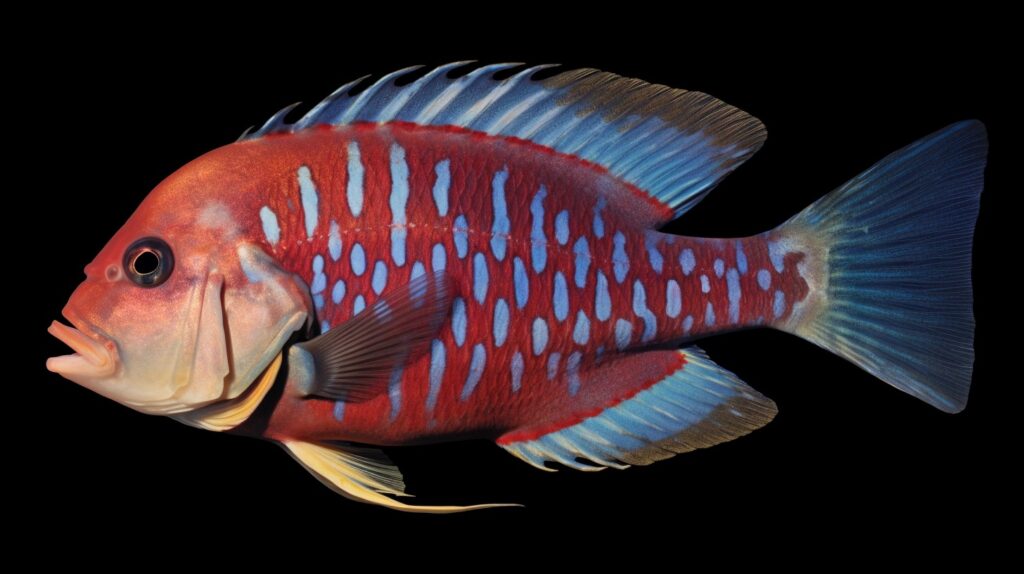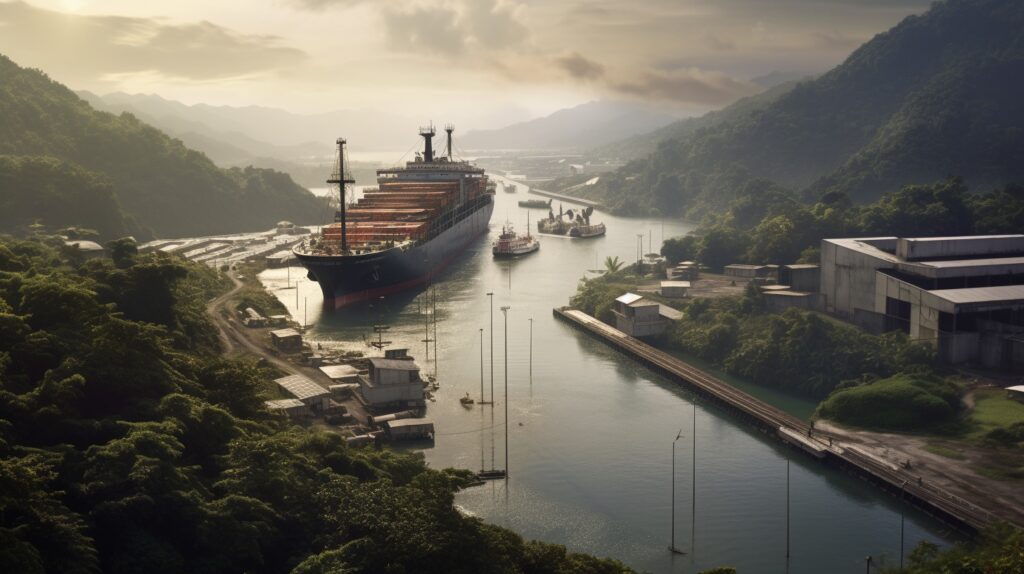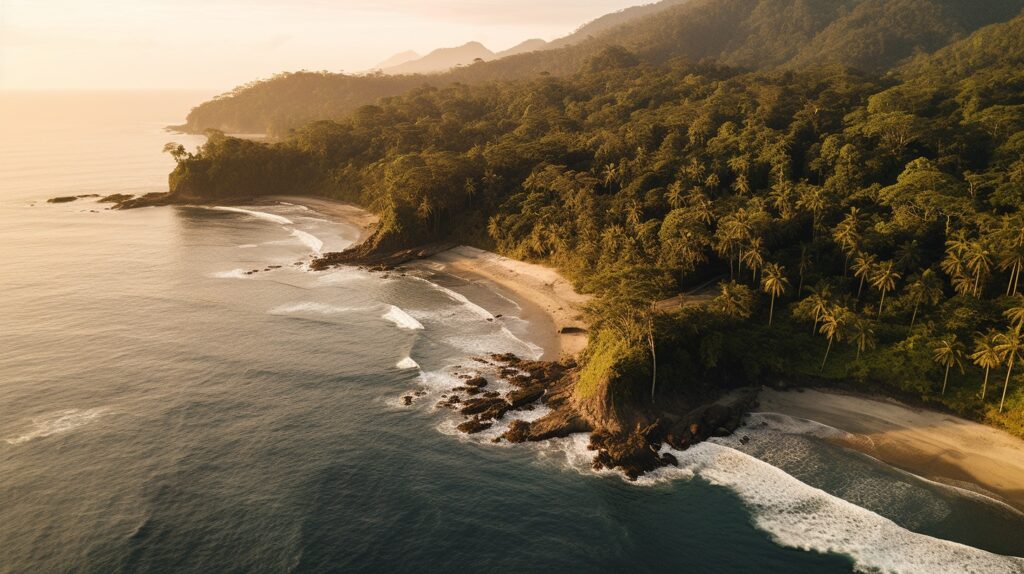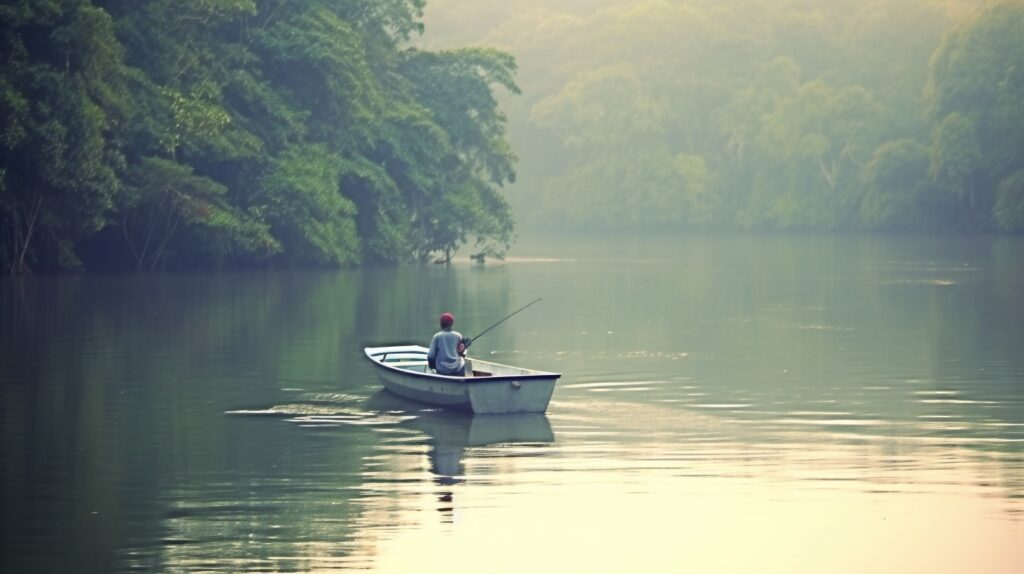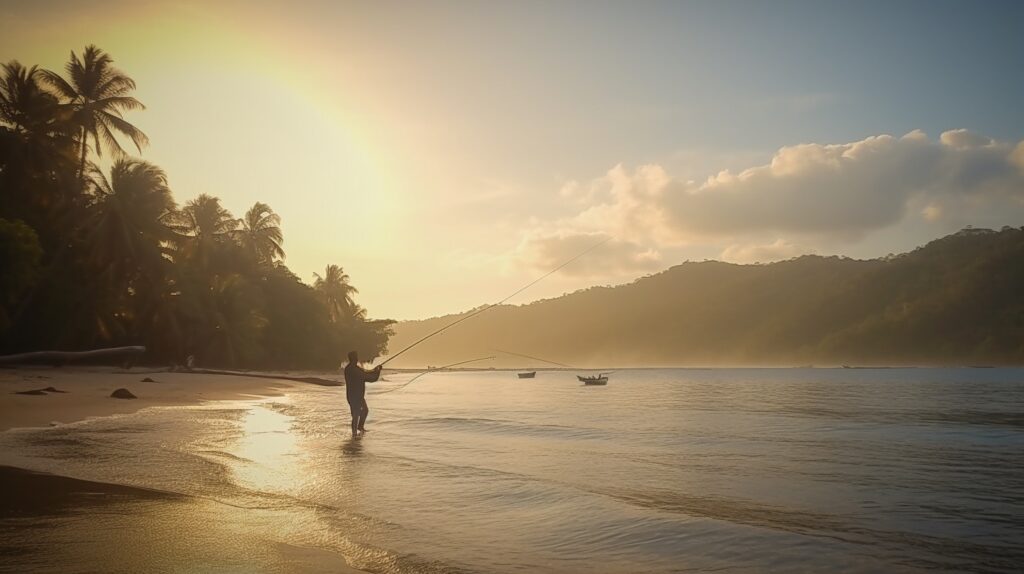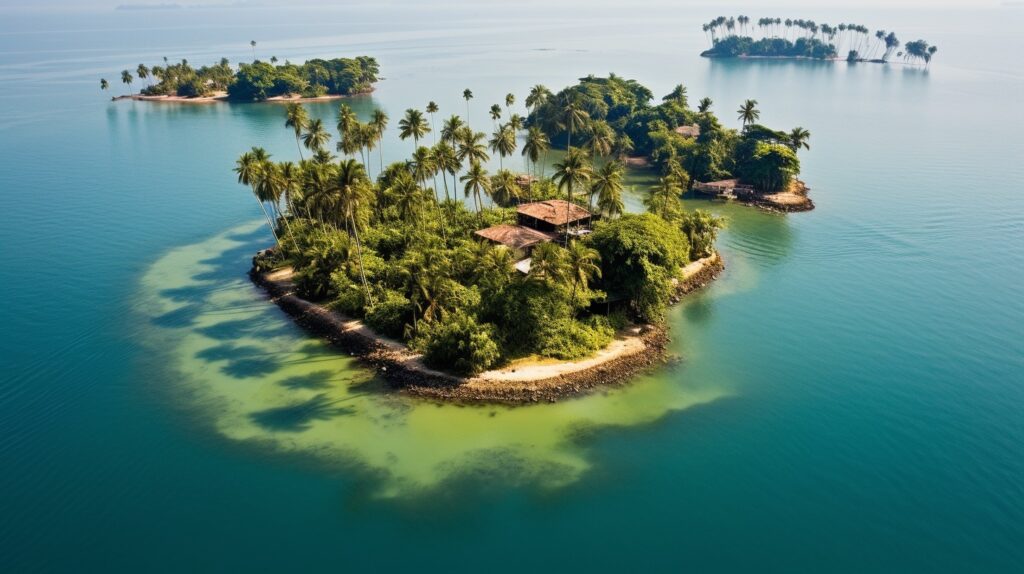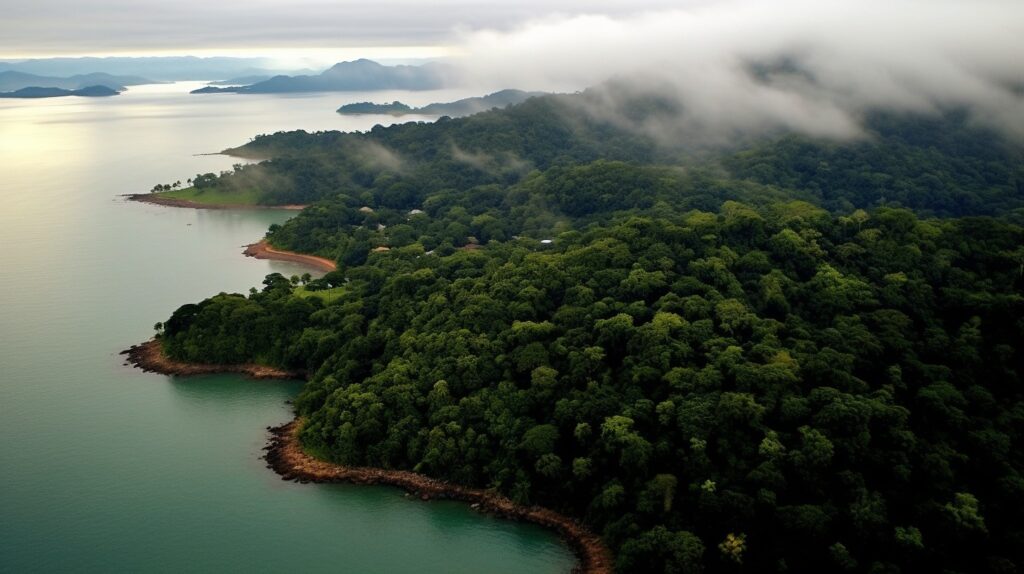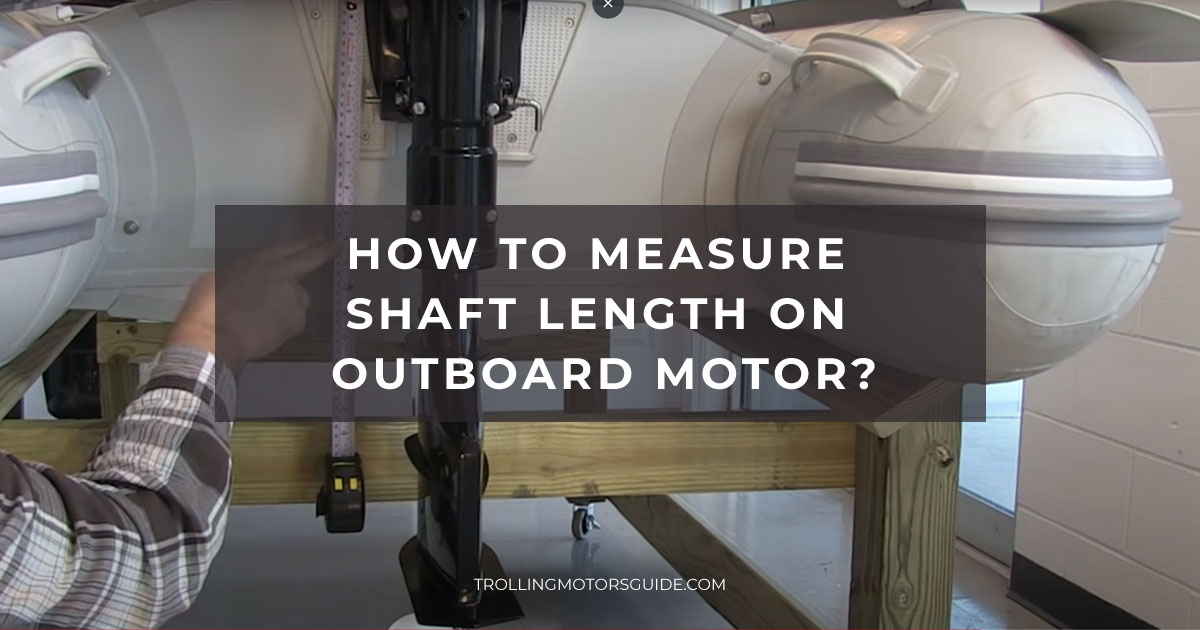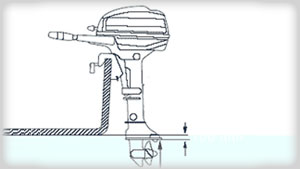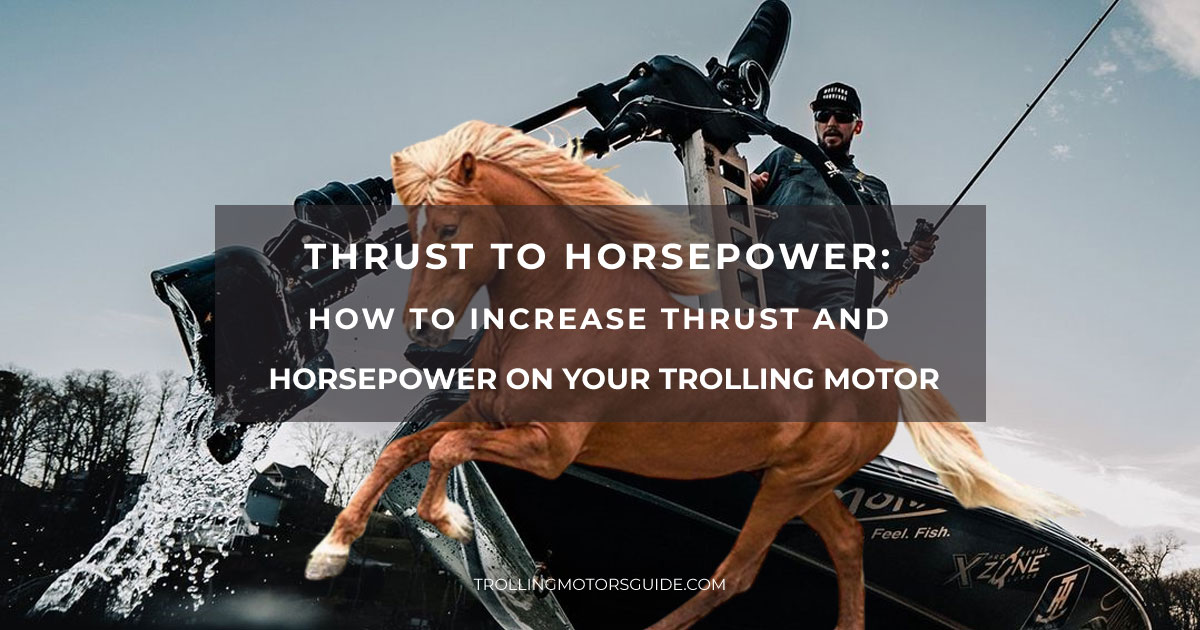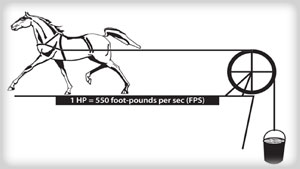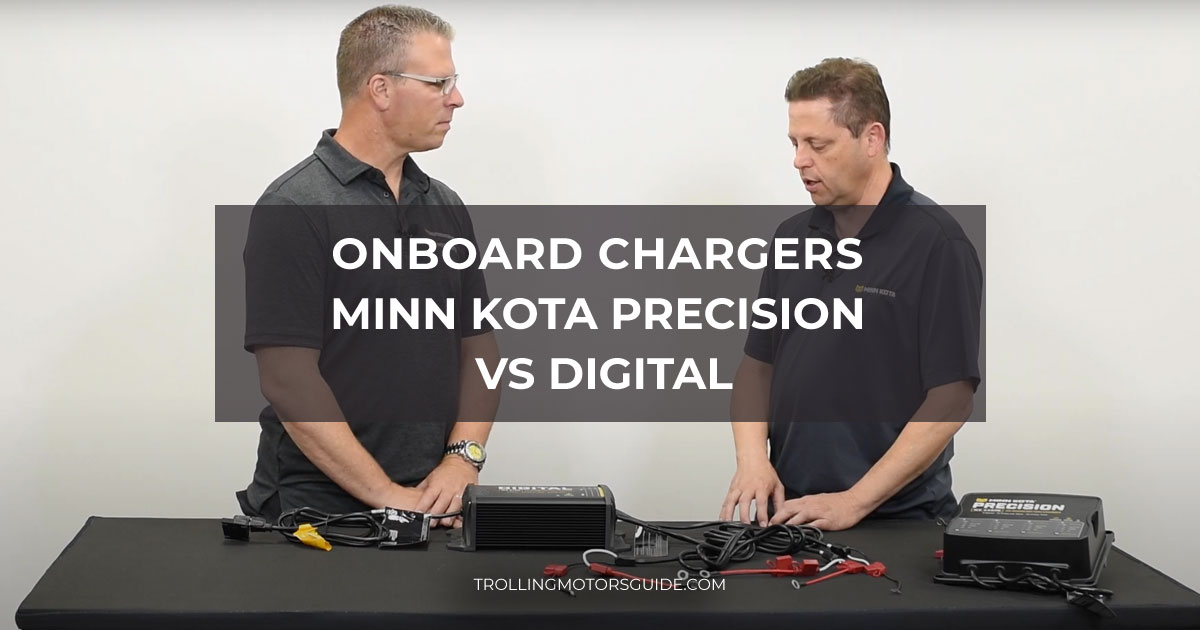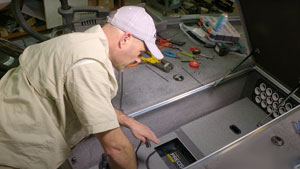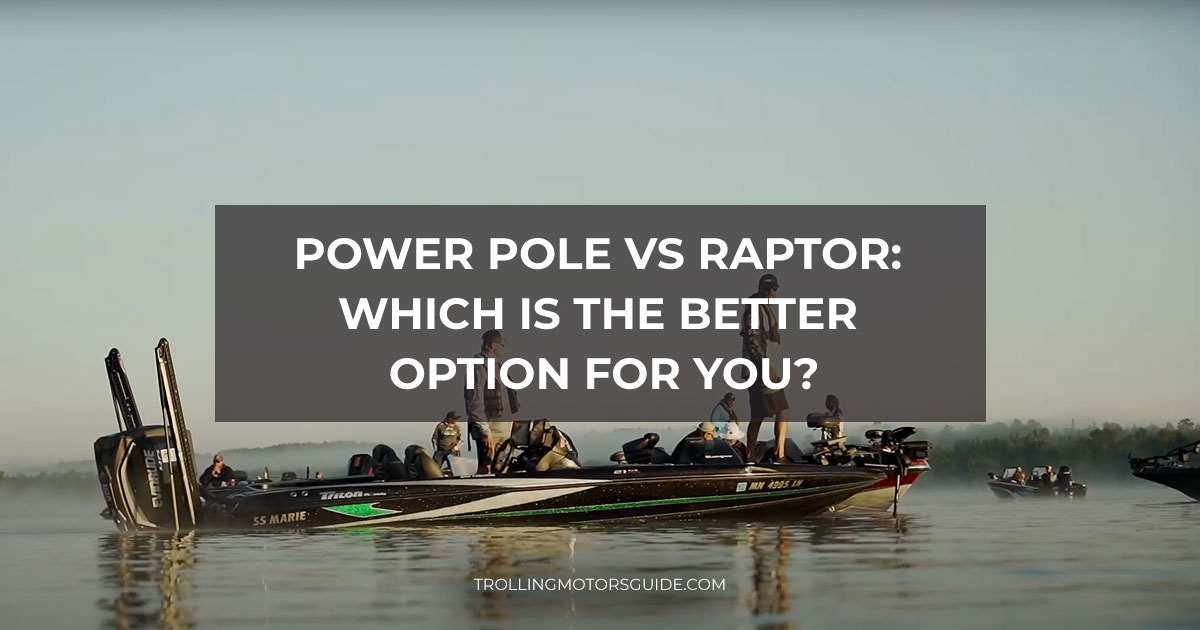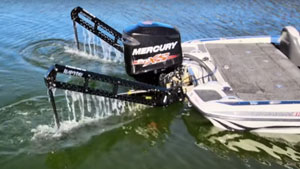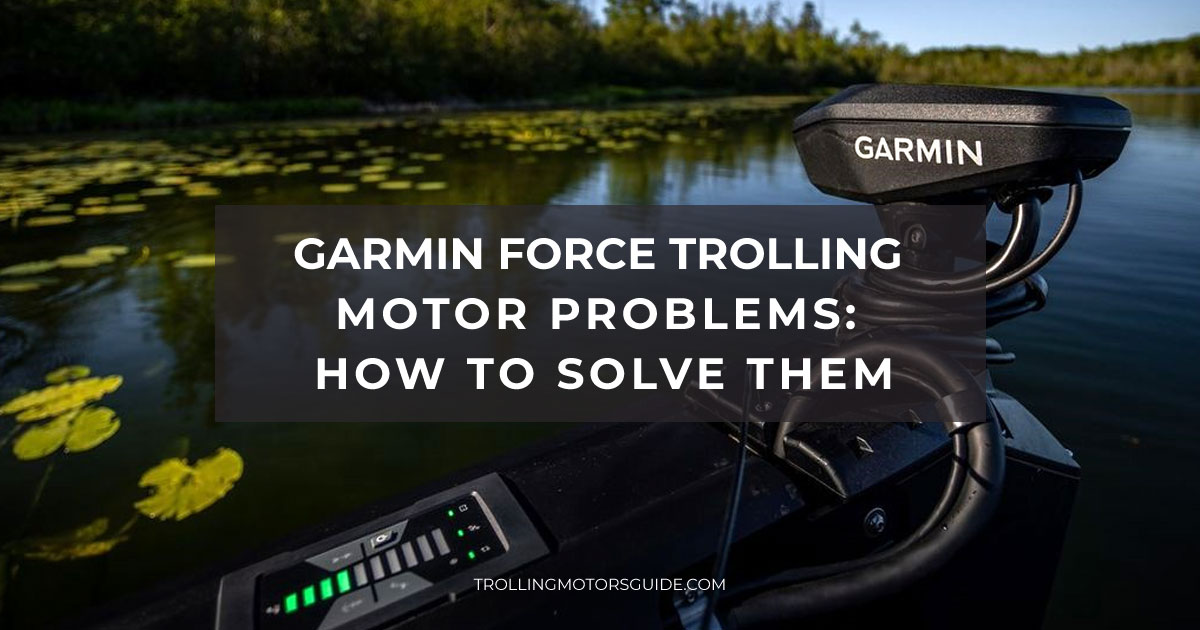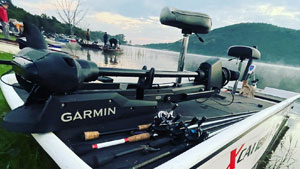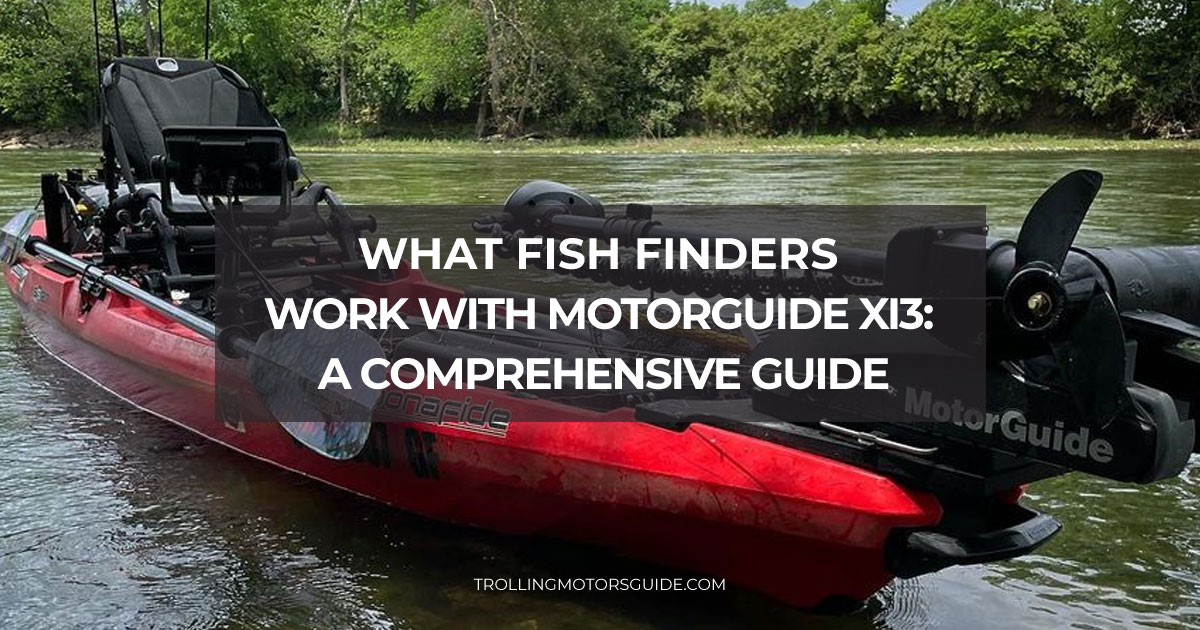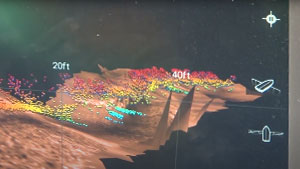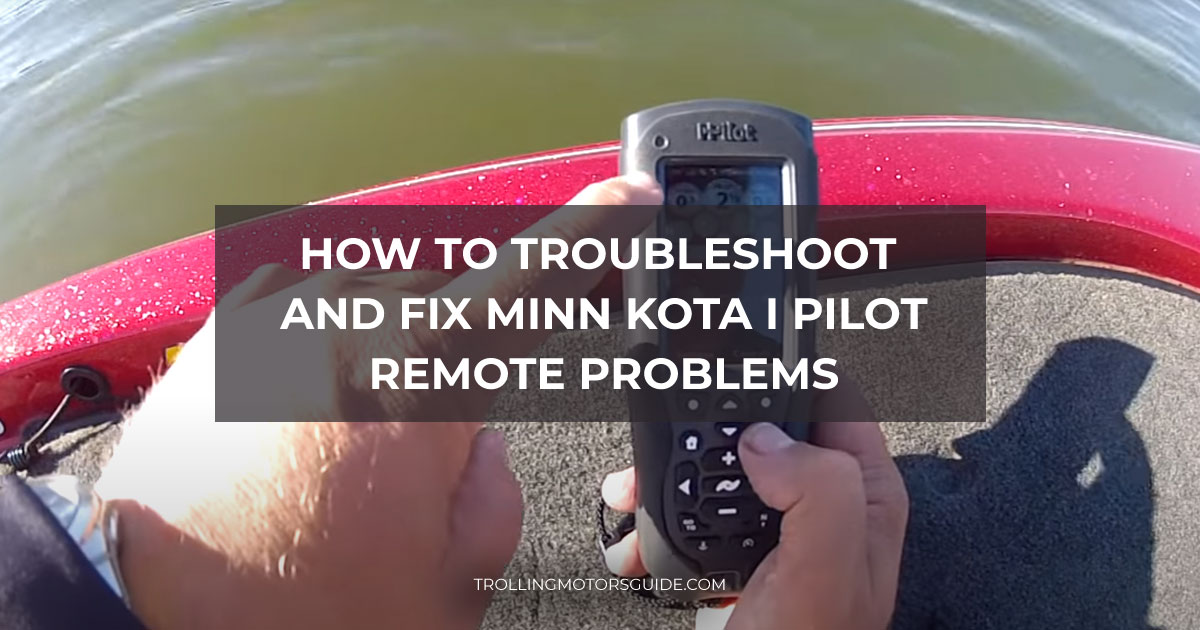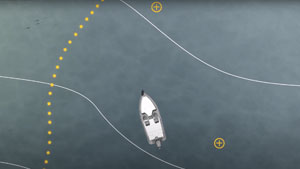The Subtle Art of Angling: Understanding Fishing and Weather
Angling is not merely about casting a line into water and hoping for a catch; it’s a dynamic practice, interwoven with the finesse of understanding weather patterns.
A subtle atmospheric barometer change can alter fish behavior, turning a day of casting into either a bounty or a dry spell. This comprehensive guide illuminates the intriguing interplay between barometric pressure and fishing success.
The Barometer Basics
A barometer is a scientific instrument that measures atmospheric pressure. Its subtle needle swings convey tales of pending storms or promising sunshine. Essentially, barometers predict short-term weather by reading the pressure exerted by the atmosphere above it.
The barometer doesn’t just forecast weather; it’s an underrated oracle for anglers. Atmospheric pressure influences water pressure, impacting fish behavior. With a keen eye on the barometer, anglers can predict fish feeding habits, movement, and optimal fishing times.
A Deep Dive into Barometric Pressure
How Barometric Pressure Influences Fishing Conditions
Delving into the influence of barometric pressure on fishing, one must recognize that it transcends mere meteorology. Barometric pressure has a palpable effect on the physical and biological characteristics of water bodies. When the atmospheric pressure increases, it can compact the surface water, in turn affecting the dissolved oxygen levels, water temperature, and even the depth of light penetration.
Oxygen and temperature are pivotal for fish metabolism and thus directly impact their activity levels. Higher oxygen concentration, often linked to higher pressure, can stimulate fish feeding and movement, enhancing their overall activity. On the flip side, drastic drops in barometric pressure may correspond to decreases in water temperature and oxygen levels, making fish more torpid.
Moreover, increased pressure can augment light penetration into the water. Clearer water may trigger more predation, altering the fish’s feeding habits and choice of habitat.
Reading the Barometer: Interpreting Highs, Lows and Changes
Barometer readings are the angler’s secret lexicon for interpreting the mood of the fish. High and steady pressure, generally ranging between 30.50 and 30.70 inches of mercury, often heralds clear, stable weather conditions. Fish, in response, exhibit consistent behavior and heightened activity, making it a propitious time for anglers to make a catch.
Low pressure, usually below 29.80 inches of mercury, is typically an antecedent of a weather shift, such as an impending storm. During these conditions, fish often become more unpredictable, with their feeding patterns and activity levels changing. It might seem counterintuitive, but just before the pressure drops significantly, fish may go into a feeding frenzy, sensing the imminent weather change. This can be an advantageous period for anglers who understand this behavior.
Then come the transition periods, when the pressure is either rising or falling. Fish can react in a variety of ways during these intervals, making their behavior harder to predict. However, understanding that these periods can trigger changes in fish feeding habits and movements can help anglers adapt and maintain their fishing success.
In essence, each barometric condition, whether high, low or changing, tells its own story about potential fish behavior. By learning to interpret these tales, anglers can turn weather changes into opportunities for a rewarding catch.
Barometer and Fish Behavior
The Science Behind: How Fish Respond to Barometric Pressure Changes
Fish are exquisitely sensitive creatures, finely attuned to their environment. One of the keys to their sensitivity lies in their swim bladder, an internal air-filled organ that helps fish maintain their buoyancy. When the barometric pressure changes, it directly impacts the pressure on the water’s surface, and in turn, the swim bladder.
A rise in atmospheric pressure compresses the gas inside the swim bladder, causing fish to feel a tad heavier than usual. This prompts them to adjust their buoyancy by moving to different water depths or releasing some gas from the bladder. Conversely, a sudden drop in pressure allows the gas in the swim bladder to expand, leading to a feeling of increased lightness. This might cause the fish to dive deeper to compensate.
These bodily adjustments don’t come without cost. They can stress fish and influence their metabolism, behavior, and feeding patterns. For instance, changes in pressure may prompt fish to feed more aggressively or may make them more lethargic, depending on the direction and rate of change.
Going with the Flow: Fish Movement during Different Barometric Conditions
Fish behavior varies significantly during different barometric conditions. Under stable high pressure, when weather conditions are calm and the sky is clear, fish are likely to display consistent behavior. They tend to stick to their usual feeding grounds and display regular movement patterns, making their behavior more predictable for anglers.
However, as the pressure begins to drop, signaling an impending storm or weather shift, fish often respond by becoming more active. They may move away from their habitual depths and feed more aggressively, seizing the opportunity to stock up on energy before the weather change hits.
As the pressure drops further, reaching a significantly low level, fish behavior changes once more. They often become more torpid and retreat to deeper waters, presumably due to the physiological stress caused by the expanding gas in their swim bladders.
This nuanced relationship between barometric pressure and fish behavior can help anglers time their fishing trips more effectively and adapt their techniques based on pressure conditions, thereby increasing their chances of a successful catch.
Barometer Readings and Fishing Success
When the barometer reads high and steady, it’s time to ready the fishing gear. These conditions often lead to active fish, making it a prime time for fishing. Species like bass and trout are especially responsive to high-pressure conditions.
Low Pressure, High Reward? Fishing Under Low Pressure Conditions
Though low pressure is often associated with less activity, it doesn’t always signify a poor fishing day. The period just before a pressure drop can prompt a feeding frenzy, providing a window of opportunity for the observant angler.
Understanding Transition: Fishing during Changing Barometric Pressure
Pressure transition periods require adaptation and patience. Fish behavior is less predictable during these times. Observing local conditions and understanding specific fish responses to pressure changes can enhance angling success during these periods.
Strategic Fishing: Adapting to Barometric Changes
High Pressure Tactics: What to Do when the Pressure is High
With the barometer reading high, it’s time to target shallower waters as fish tend to feed more actively. Employing a variety of baits and lures can improve your chances of a catch during these periods.
Low Pressure Strategies: Making the Most of a Low Pressure Scenario
Fishing under falling pressure can be challenging but not impossible. Targeting deeper waters, adapting bait to mimic natural prey, and patient waiting can turn the tide in your favor.
Dealing with Transition: How to Fish during a Pressure Change
Pressure change periods are a test of an angler’s adaptability. Observation is key; noting changes in fish feeding locations and patterns can help anglers adjust their strategy.
Equipment Essentials
Tools of the Trade: Essential Barometric Equipment for Anglers
An accurate barometer is an essential part of any angler’s toolkit. Digital or analog, a reliable barometer provides invaluable insights into weather changes and potential fish behavior.
The Digital Age: Apps and Technology for Barometric Fishing
The advent of technology has revolutionized angling. Smartphone apps now provide real-time barometric readings, weather forecasts, and even fish activity predictions.
Conclusion
Weathering the Storm: Mastering the Art of Fishing by Barometer
As we’ve uncovered, the intricate dance between barometric pressure and fishing is fascinating. Learning to interpret barometer readings and understanding the influence of atmospheric pressure on fish behavior can significantly enhance your angling success.

